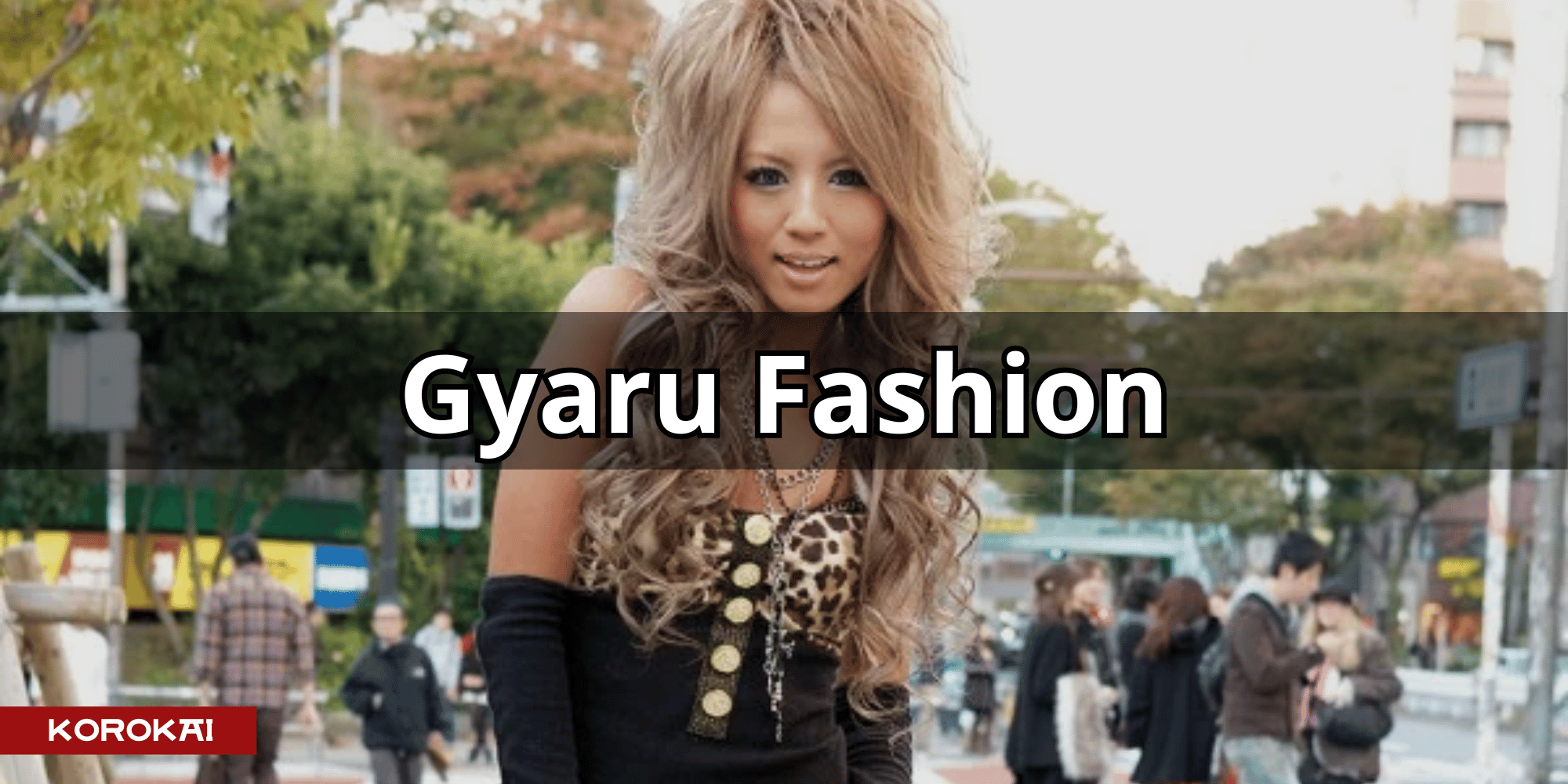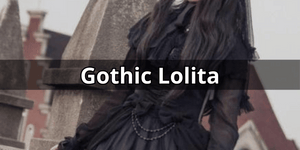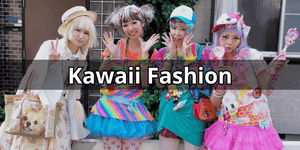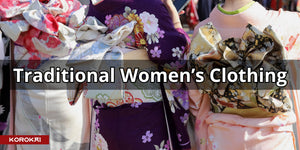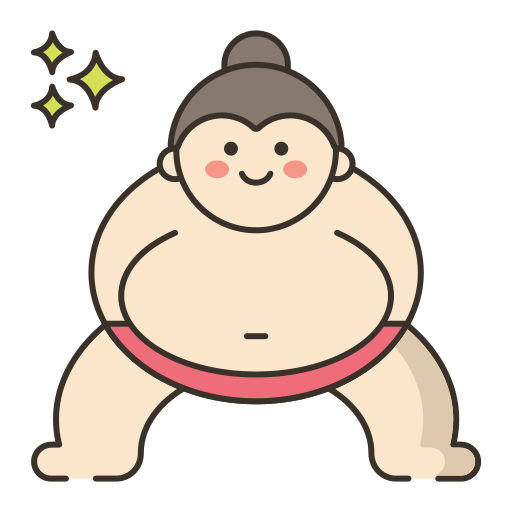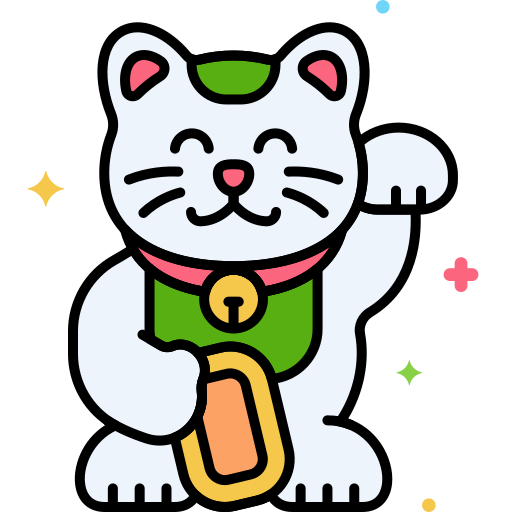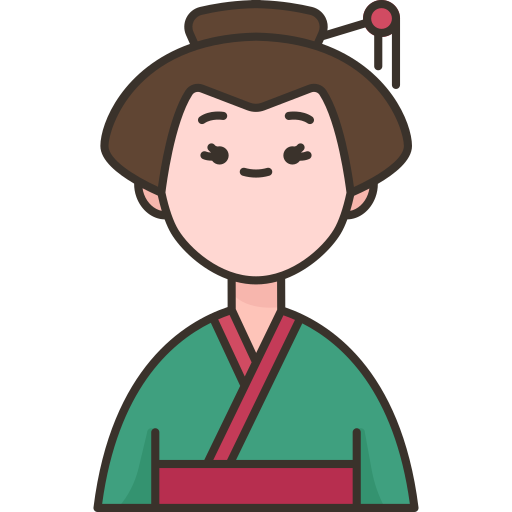In exploring these 10 Gyaru substyles, we've journeyed through a rich tapestry of fashion, culture, and self-expression. Each style, from the regal Hime Gyaru to the urban B-Kei Gyaru, showcases the diversity and adaptability of the Gyaru movement. These Gyaru styles are vibrant expressions of identity, creativity, and rebellion against conformity. As Gyaru fashion continues to evolve, it remains a fascinating reflection of the dynamic, ever-changing world of Japanese street style.
1. Hime Gyaru
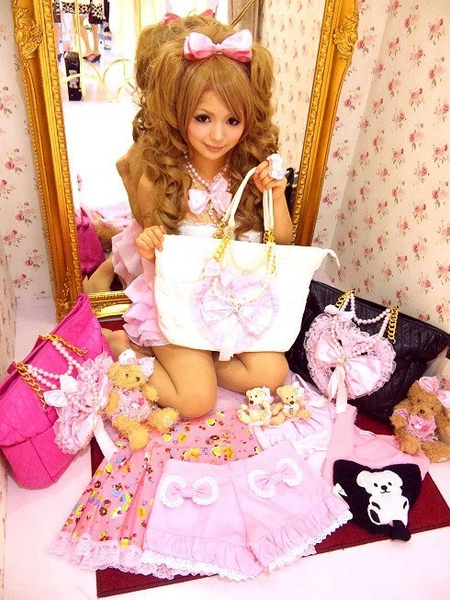
Hime Gyaru, often translated as "Princess Gal," originated in the early 2000s in Japan, reflecting a fascination with the luxurious lifestyles of Western aristocracy. This substyle is a unique cultural blend, where the traditional Gyaru look meets the fairy-tale elegance of European princesses. It represents a fantasy world, an escape from the mundane, embracing a lifestyle that is as much about attitude as it is about fashion.
While the style includes opulent dresses and intricate accessories, its true essence lies in its embodiment of grace and sophistication, akin to a modern-day princess. Hime Gyaru is not just about the clothes; it's a statement of femininity and a celebration of a dreamy, almost whimsical elegance, deeply rooted in a cross-cultural fascination with regality and luxury.
2. Rokku Gyaru
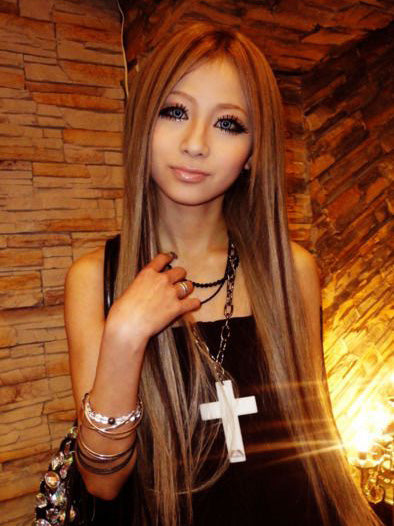
Rokku Gyaru emerged as a distinct substyle within the Gyaru fashion scene, blending the playful and bold elements of Gyaru with the edgy, rebellious spirit of Western rock and punk. Originating in the late 2000s, this style captures the essence of youth culture in Japan, appealing to those who seek to combine mainstream fashion with a touch of non-conformity
In Rokku Gyaru, the influence of rock music and punk culture is evident not just in the clothing choices, but also in the overall aesthetic and attitude. It stands as a symbol of youthful defiance and a creative blend of diverse cultural influences, making it a unique and dynamic expression within the world of Gyaru fashion.
3. Ganguro
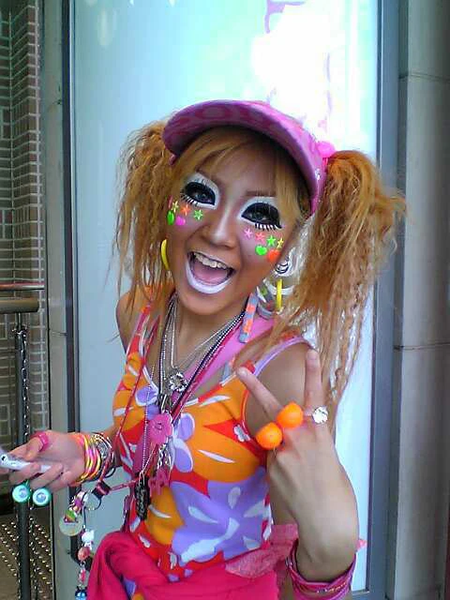
Ganguro, a striking and unconventional variation on the Gyaru, was born among the Japanese fashions of the 1990s in the lively Shibuya district. It was a radical departure from traditional Japanese beauty standards, symbolizing a rebellion against societal norms. This style was more than just a fashion statement; it was a movement, with its followers embracing a lifestyle of liberation and self-expression.
Characterized by its extreme tan and vivid makeup, Ganguro challenged the conventional ideals of beauty, celebrating individuality and non-conformity. It was a response to the rigid expectations of Japanese society, offering a vibrant alternative that resonated with a generation seeking to define their identity in bold and unapologetic ways. This audacious style remains a significant chapter in the history of Japanese youth culture.
4. Agejo Gyaru
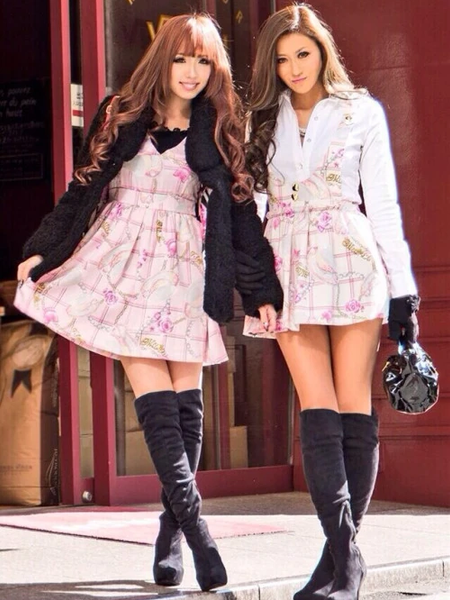
Agejo Gyaru, which rose to prominence in the late 2000s, is deeply rooted in Japan's vibrant nightlife and hostess culture. This substyle embodies the glamorous and alluring world of nightclubs and entertainment districts, where fashion serves as a symbol of both allure and professional status. Agejo Gyaru is tailored to captivate, reflecting the extravagant lifestyle associated with Japan's modern hostesses.
The style is a visual representation of both sophistication and seduction, capturing the essence of those who lead a life under the city lights. It's not just about dressing to impress; it's about embodying an aura of confidence and charm. Agejo Gyaru remains a poignant symbol of contemporary Japanese femininity, intertwining fashion with the dynamics of urban nightlife.
5. Fairy Kei
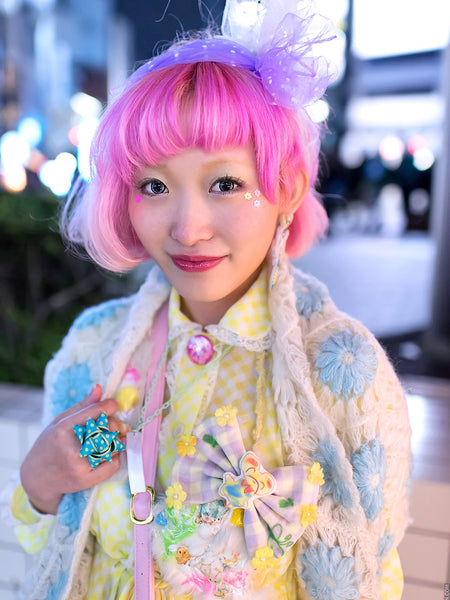
Fairy Kei, a whimsical substyle of Gyaru, emerged in the early 2000s, inspired by the kawaii culture and 1980s pop icons. This style is a creative homage to childhood nostalgia, capturing the essence of a magical, dreamlike world. It's particularly popular in Tokyo's Harajuku district, where fashion is a form of playful self-expression and escapism.
This substyle combines soft pastels and fantasy elements, creating a look that's both enchanting and reminiscent of a simpler time. Fairy Kei is more than just clothing; it's a celebration of innocence and imagination, offering a sweet escape from the constraints of adulthood. It's a testament to the enduring appeal of youthful wonder in the dynamic world of Japanese street fashion.
6. Mode Gyaru
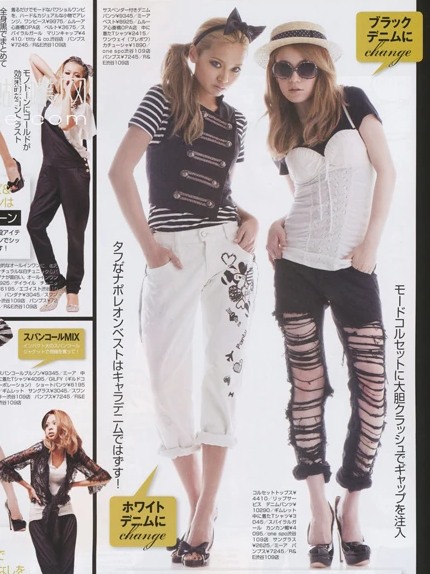
Mode Gyaru is a sophisticated evolution within the Gyaru scene, surfacing in the late 2000s as a blend of high fashion elegance and Gyaru's distinctive flair. This substyle reflects the maturing tastes of Gyaru enthusiasts, who sought to harmonize their love for bold fashion with a more refined and polished aesthetic. A sub-style also much popularized by the Japanese fashion magazines of the 2000s.
Distinct from its Gyaru counterparts, Mode Gyaru is a nod to the fashion-forward streets of Tokyo, where contemporary trends meet timeless elegance. This style is a fusion of runway-inspired designs and street-savvy sensibilities, offering a chic and sophisticated take on the traditional Gyaru ethos. Mode Gyaru stands as a symbol of fashion evolution, adapting to the changing lifestyles.
7. Tsuyome Gyaru
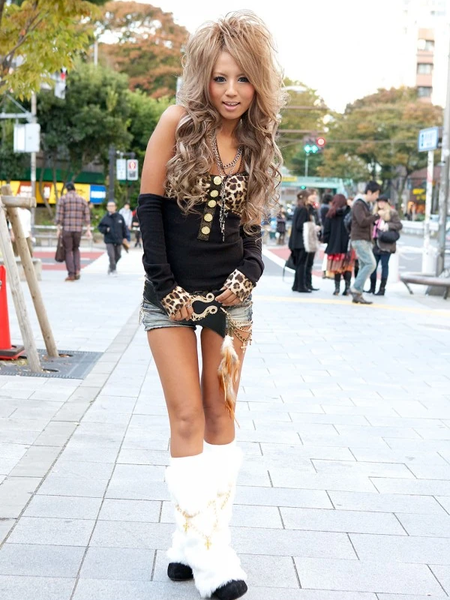
Tsuyome Gyaru emerged as a powerful and bold substyle of Gyaru fashion, gaining popularity in the early 2000s. It reflects a more aggressive and individualistic approach within the Gyaru culture, representing a generation that's not afraid to make a statement. This style is a declaration of self-assurance and independence, often seen as a response to the conventional norms of Japanese society.
With its distinctive and assertive fashion choices, Tsuyome Gyaru is more than just a style, it's an attitude. It serves as a medium for self-expression, allowing its followers to showcase their strength and personality through their bold fashion choices. This substyle is a celebration of confidence and uniqueness, resonating with those who wish to stand out and assert their individuality.
8. Onee Gyaru
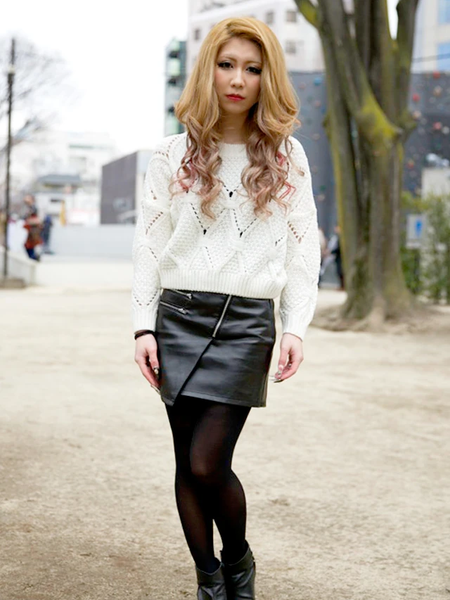
Onee Gyaru is a mature and elegant evolution within the Gyaru fashion culture, gaining prominence in the mid-2000s. Tailored for a more sophisticated audience, this substyle caters to women who have grown with the Gyaru culture but seek a more refined and polished fashion statement. Onee Gyaru is a testament to the adaptability of Gyaru fashion, evolving to meet the tastes of its older followers.
This style is not just about clothing, it's a reflection of a lifestyle that balances trendiness with elegance. It appeals to those who desire to maintain the playful spirit of Gyaru while presenting a more grown-up and sophisticated image. Onee Gyaru, with its blend of chic and trendy elements, represents a seamless transition from youthful to adult life.
9. Manba Gyaru
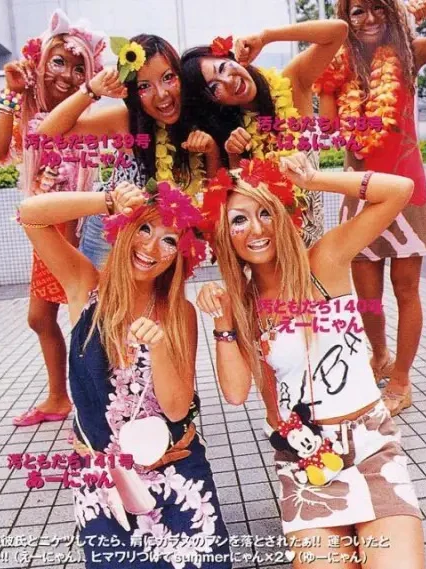
Manba Gyaru, an extreme offshoot of the Ganguro style, surged in popularity during the late 1990s and early 2000s. This substyle is a vibrant expression of defiance against traditional Japanese beauty standards, encapsulating a spirit of freedom and nonconformity. Manba Gyaru is not just a fashion choice, it's a bold cultural statement, showcasing a rebellious attitude against societal norms.
This style is characterized by its distinctive and colorful appearance, which serves as a symbol of individuality and a celebration of self-expression. Manba Gyaru challenges conventional aesthetics and embraces a unique identity, making it a significant and memorable movement in the history of Japanese youth fashion and culture. A superb sub-style for those who already appreciate Ganguro fashion.
10. B-Kei Gyaru
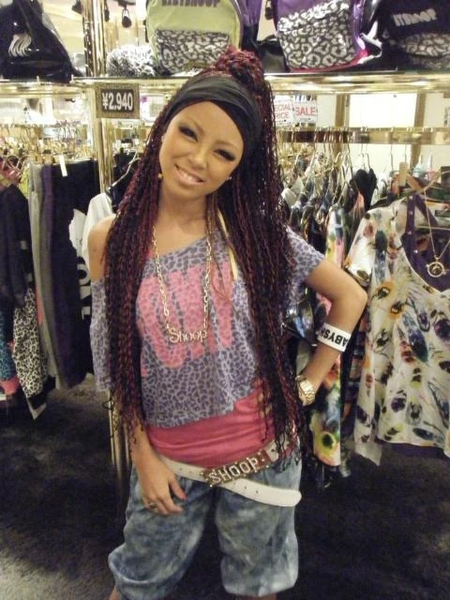
B-Kei Gyaru emerged as a substyle blending the casual urban streetwear with the distinct boldness of Gyaru fashion. Gaining traction in the late 2000s, this style reflects the youthful energy and dynamism of Japan's urban culture. B-Kei Gyaru is a manifestation of the Gyaru community's adaptability, incorporating elements from the diverse and evolving street styles of Tokyo.
This substyle represents a relaxed yet trendy approach to fashion, appealing to those who seek a comfortable yet stylish look. B-Kei Gyaru is more than a fashion statement, it's a reflection of the ever-changing landscape of urban youth culture, merging streetwear sensibilities with the unique charm and flair of Gyaru fashion.

